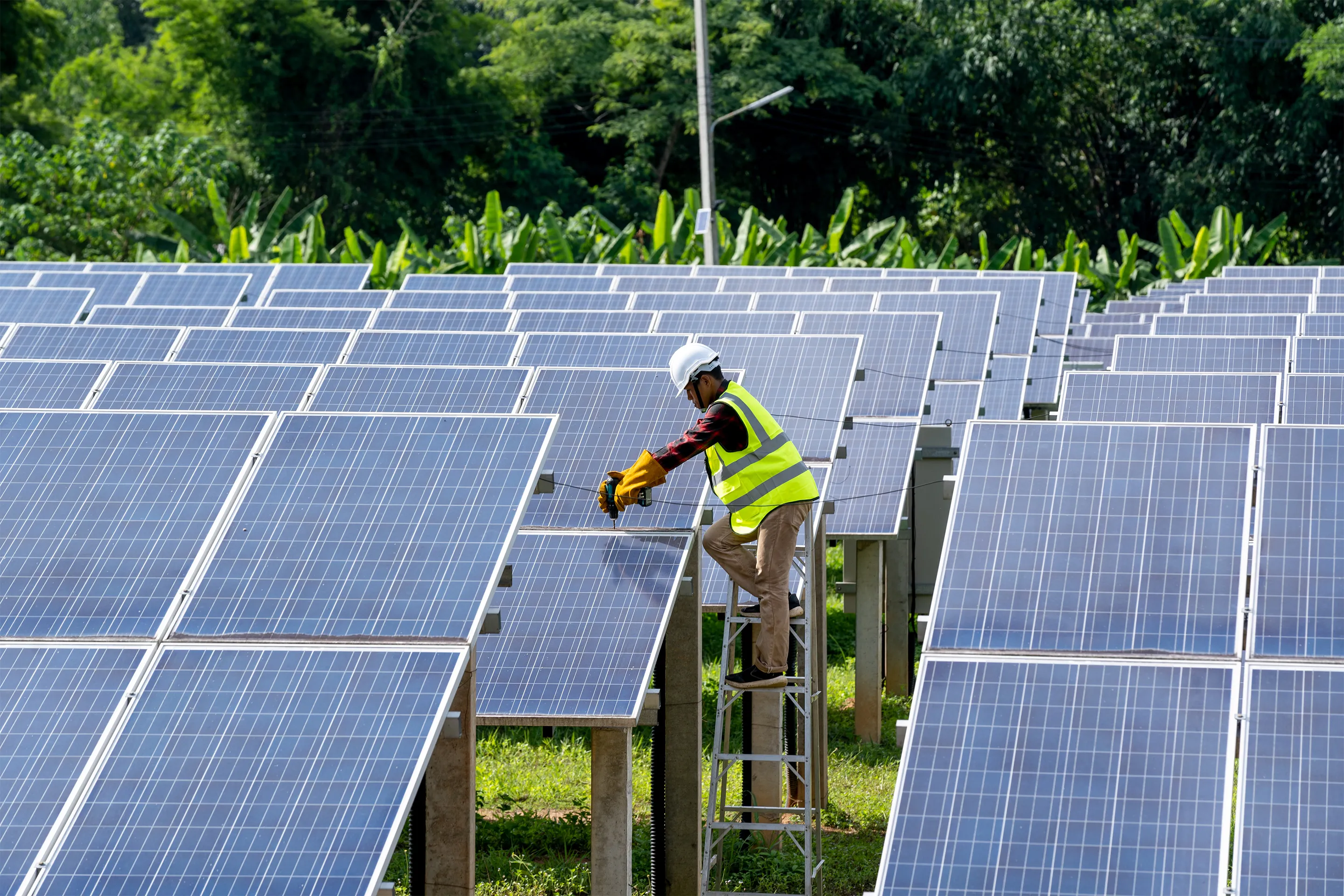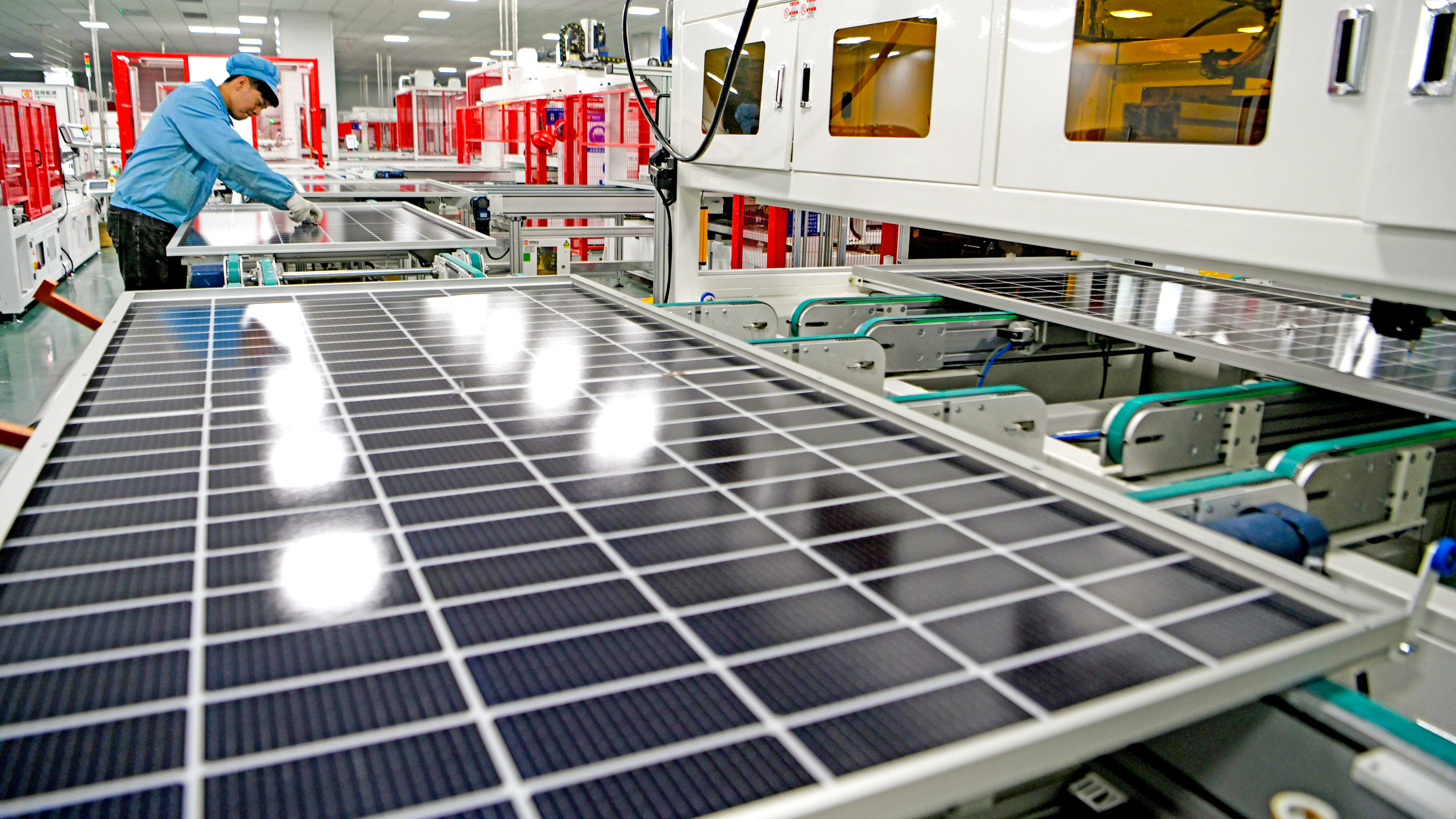Solar Roof Contractors Virginia: Lumina Solar Focuses On Providing Advanced Photovoltaic Solutions For Houses And Services
History and Establishing
Have you ever questioned how a photovoltaic panel company springs from a simple stimulate of inspiration into a powerhouse of eco-friendly energy? It often begins with a vision-- one fueled by a mix of development, decision, and a pinch of serendipity. The journey of many solar companies mirrors the development of the technology itself: from large, inefficient panels to smooth, high-efficiency marvels utilizing the sun's bounty.
The Early Days
In the late 20th century, when solar energy was still a niche idea, pioneers planted seeds for what would end up being an international movement. Imagine a little workshop filled with curious engineers, relentlessly explore solar batteries. Their passion was palpable, often driven by a desire to combat climate change and reduce reliance on fossil fuels.
One such anecdote is about a founder who, motivated by a camping journey, understood that even in remote locations, the sun could power vital devices. This simple observation sparked a business's objective to democratize access to tidy energy.
Founding Concepts

- Innovation: Continuously pressing the boundaries of solar technology to enhance efficiency and resilience.
- Sustainability: Dedicating to eco-friendly production and minimizing carbon footprints.
- Accessibility: Making eco-friendly energy options cost effective and practical for everyday users.
Milestones in Growth
| Year | Secret Event |
|---|---|
| 1985 | Company founded in a small garage, focusing on research study and development. |
| 1995 | Industrial solar panel product released, gaining regional attention. |
| 2005 | Broadened to international markets, embracing worldwide renewable resource goals. |
| 2015 | Introduced advanced solar panel innovation with improved energy conversion. |
Isn't it fascinating how these incremental steps, often neglected, form the energy landscape today? The solar panel company story is not practically technology; it has to do with an unrelenting quest for a brighter, cleaner future.

Developments in Solar Panel Technologies
Ever seen how some solar panels shine brighter and last longer? It's not magic; it's the science of photovoltaic efficiency. Modern solar panel business invest greatly in innovations like bifacial cells, which record sunlight from both sides, enhancing energy harvest without expanding roof area. Have you ever wondered why some panels perform much better on cloudy days? That's due to advances in thin-film solar innovation, which flourishes under diffused light conditions.
Product Variations Tailored to Unique Requirements
One size never ever fits all. Photovoltaic panel companies now offer:
- Monocrystalline panels for optimum effectiveness and sleek aesthetic appeals, suitable for space-constrained roofs.
- Polycrystalline panels, which use a cost-efficient alternative without sacrificing excessive output.
- Building-integrated photovoltaics (BIPV), combining solar tech seamlessly into architectural elements like windows and exteriors.
Picking the right product isn't almost upfront expense; it's about matching your environment, energy objectives, and long-lasting cost savings. For instance, homes shaded by trees need panels that master low-light scenarios, something numerous neglect till energy expenses climb up all of a sudden.
Technical Tips for Ideal Selection
- Examine the temperature level coefficient-- lower values suggest panels lose less effectiveness on hot days.
- Try to find panels with boosted anti-reflective finishings to optimize light absorption.
- Think about the panel's guarantee not just for problems, however for ensured power output over decades.
- Don't underestimate the importance of the inverter innovation coupled with the panels; it can make or break your system's performance.
Beyond Panels: Emerging Trends
Envision solar panels that change their angle immediately to chase after the sun-- tracking systems are becoming more accessible, increasing yield substantially. Or solar tiles that mix invisibly into your roofline, transforming your home into a silent, self-dependent power generator. These developments are improving what a solar panel company provides-- not just products, but incorporated energy solutions.
Market Existence and Global Operations
Ever question why some photovoltaic panel business appear to sprout up in every corner of the globe while others hardly make a ripple? The distinction lies not simply in technology however in mastering the art of browsing diverse markets. Broadening worldwide is like planting seeds in different climates-- you must understand each environment's unique conditions to thrive.
Take, for example, the intricate dance of logistics and supply chain management. Shipping panels halfway across the world isn't here just about distance; it has to do with timing, customizeds, tariffs, and adapting to local demand changes. A business with robust worldwide operations prepares for these variables, guaranteeing panels arrive on schedule without inflating expenses. This insight is no small feat and often separates industry leaders from followers.
Key Techniques for Expanding Market Existence
- Localized production: Establishing production centers near target audience minimizes shipping delays and import intricacies.
- Strategic collaborations: Collaborating with regional firms speeds up market penetration and builds trust.
- Adaptive item design: Tailoring solar panel tech to weather, sun strength, and facilities nuances boosts performance and approval.
What about the human element? Photovoltaic panel business operating globally need to reconcile cultural distinctions and regulatory nuances without losing sight of their core mission. What works in a sun-drenched desert might falter in a humid coastal area. In some cases, the most ingenious solution is just listening-- soaking up regional insights to fine-tune innovation and technique.
Experts typically recommend a phased rollout rather than a shotgun expansion. Why run the risk of overextension when determined growth builds sustainable momentum? Scaling carefully implies balancing aspiration with operational strength - Solar Panel Company. In the race for sustainable energy supremacy, perseverance can be as important as speed.
Ecological Effect and Sustainability Practices
When photovoltaic panels first emerged, many presumed they brought no ecological luggage. However, the reality is more nuanced. The production of photovoltaic cells includes rare earth metals and energy-intensive procedures, which can leave a large carbon footprint before the panels even reach rooftops. The true ecological expense depends greatly on the sustainability practices employed by the photovoltaic panel business throughout the lifecycle of their products.
How often do we stop briefly to consider what occurs to solar panels at the end of their helpful life? Unlike batteries or electronic devices, solar panels can last 25-30 years, but disposal and recycling paths remain underdeveloped in numerous areas. A company devoted to decreasing environmental damage will have a robust plan for recycling photovoltaic materials, salvaging valuable silicon, glass, and metals to prevent land fill build-up.
Secret Sustainability Techniques
- Making use of low-impact production techniques that lessen water and energy usage.
- Implementing closed-loop systems to recycle production waste back into brand-new panels.
- Participating in transparent supply chain audits to make sure ethical sourcing of basic materials.
- Creating panels for simpler disassembly to assist future recycling efforts.
It's worth noting that some solar companies have pioneered ingenious techniques, such as incorporating naturally degradable elements or using less hazardous chemicals during fabrication. This not only lowers ecological strain but also sets a precedent for the industry. The concern remains: can the solar market really pivot towards a circular economy model without compromising effectiveness or affordability?
Specialist Tips for Assessing Sustainability
- Inquire about the business's commitment to carbon-neutral production and whether they balance out emissions.
- Examine if they partner with accredited recycling facilities dedicated to photovoltaic panel waste.
- Try to find transparency reports detailing ecological effects and sustainability goals.
- Think about the longevity and warranty of panels as an indirect measure of resource efficiency.
In the end, deciding for solar energy ought to mean more than simply slashing electrical power expenses; it has to do with nurturing a future where energy is collected properly and waste is attentively handled. Solar panel business that embrace this viewpoint not only light up homes but also cast a brighter light on sustainable development.
Comments on “Solar Panel Installation Virginia for Beginners”